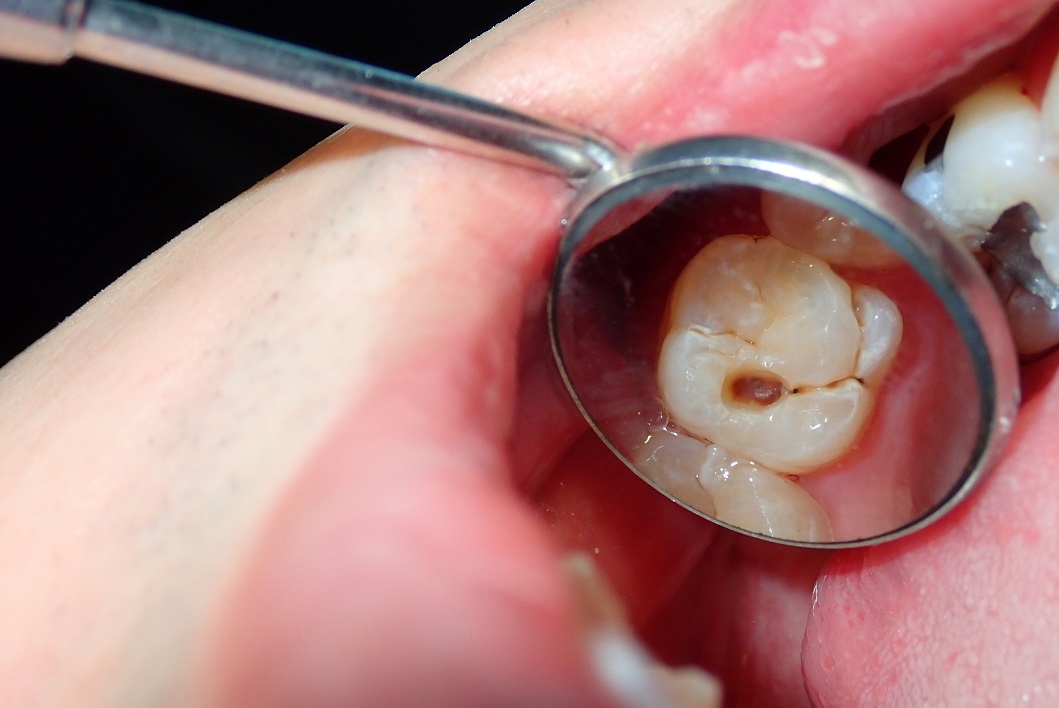
Choices For Fixing Cavities
Many adults grew up with “silver” fillings when they had a cavity. Although these fillings are still an option, there are now other choices, such as tooth-colored fillings and materials that release fluoride to help protect your teeth from developing new cavities. Each of these choices has its pros and cons, but most importantly, you and your dentist have options available when repairing a cavity.
AMALGAM
You may have seen silver, or amalgam fillings. These fillings are a mixture of mercury, silver, tin, copper, and very small amounts of other metals. Usually amalgam fillings are used on the chewing surfaces of the back teeth because these fillings are very strong and can typically hold up without forming cracks when you chew. They also last longer than fillings made of other materials.
Some people wonder about amalgam fillings because they contain mercury. Many government agencies, professional groups, and national health associations agree that dental amalgam fillings are safe.
RESIN COMPOSITES
Resin composites are a tooth-colored material. They can be used to repair a cavity in any tooth but are often used in front teeth because the color can be matched to the tooth being repaired. Although they seem to be able to handle chewing forces as well as amalgam without cracking, they do not usually last as long as silver fillings. Small cavities can sometimes develop around the edges of a resin composite filling, which then may need to be replaced.
Also, resin composites need to be placed on a clean, dry surface, free from blood or saliva. For this reason, they might not be best for people who have trouble sitting still, like small children. However, resin composites have become more popular with older children and adults, probably because they usually look like real teeth.
GLASS IONOMERS
Glass ionomers are another kind of tooth-colored filling material. These release small amounts of fluoride, a cavity fighter. Fluoride helps harden the outside of the tooth and, together with brushing and flossing, helps protect it from developing cavities. Unlike resin composites, blood and saliva are not as much of a problem when placing a glass ionomer filling. Glass ionomers can be used on areas of teeth that you do not bite down on and the chewing surfaces of primary teeth. But because adults chew with much greater force than children and need their fillings to last much longer, glass ionomers may not be the right choice for chewing surfaces in adults.
SILVER DIAMINE FLUORIDE
Some cavities may be managed with silver diamine fluoride (SDF), which can be painted directly onto the cavity. SDF stops the cavity from getting worse, but it does not repair the working surface of the tooth like the previously mentioned fillings. The tooth will be weak until it is repaired. However, SDF is easy to apply and inexpensive. Often, it is used to treat cavities in baby teeth or in situations in need of a quick fix. SDF is not tooth colored. The treated area of the tooth will turn black.
You and your dentist can talk about the options that best meet your needs. That choice will depend on your individual situation, such as which tooth has the cavity and how long the treatment needs to last.
http://jada.ada.org May 2020
Leave a reply →